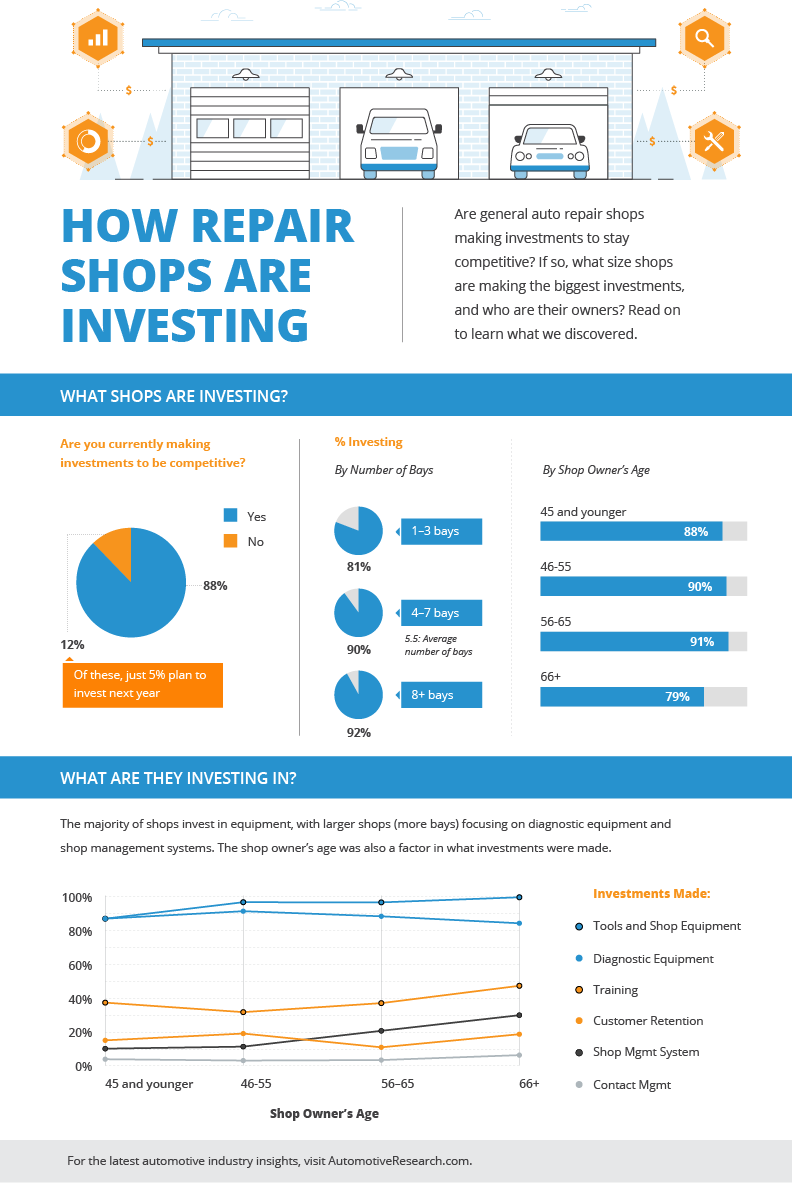Assessing Your Vehicle'S Warning Indicators: What They Actually Share
Assessing Your Vehicle'S Warning Indicators: What They Actually Share
Blog Article
Content By-Lim Corbett
When you're behind the wheel, those beautiful caution lights on your control panel can be a bit complicated. Do you know what they're trying to inform you about your auto's wellness? Recognizing the relevance of these lights is crucial for your safety and the longevity of your car. So, the following time among those lights turns up, wouldn't you want to understand its message precisely and take the required actions to address it?
Common Warning Lighting and Interpretations
Recognize typical caution lights in your vehicle and comprehend their definitions to guarantee risk-free driving.
One of the most regular caution lights consist of the check engine light, which signifies issues with the engine or discharges system. If this light comes on, it's critical to have your vehicle examined without delay.
The oil pressure alerting light indicates low oil pressure, calling for immediate interest to avoid engine damage.
car cleaners near me blinking battery light may suggest a defective charging system, potentially leaving you stranded otherwise resolved.
The tire pressure surveillance system (TPMS) light alerts you to low tire pressure, impacting automobile security and fuel efficiency. Neglecting this can cause hazardous driving conditions.
The abdominal muscle light shows a trouble with the anti-lock braking system, endangering your capability to quit swiftly in emergencies.
Last but not least, the coolant temperature level warning light warns of engine getting too hot, which can cause extreme damage otherwise solved promptly.
Understanding these common caution lights will certainly assist you resolve problems immediately and maintain secure driving problems.
Relevance of Prompt Attention
Recognizing the typical caution lights in your vehicle is just the very first step; the significance of quickly resolving these warnings can not be stressed sufficient to ensure your security when driving.
When a caution light illuminates on your dashboard, it's your automobile's method of communicating a potential issue that requires focus. Ignoring these cautions can bring about a lot more severe problems in the future, endangering your safety and possibly costing you more in repairs.
Motivate attention to cautioning lights can avoid breakdowns and crashes. For example, a blinking check engine light might indicate a misfire that, if left neglected, might create damage to the catalytic converter. Resolving this quickly can conserve you from an expensive repair.
Likewise, a brake system warning light might signify reduced brake liquid or used brake pads, important components for your safety and security when driving.
Do It Yourself Troubleshooting Tips
If you see a warning light on your dashboard, there are a few do it yourself repairing tips you can try prior to seeking specialist aid.
The primary step is to consult your cars and truck's manual to comprehend what the details caution light suggests. Sometimes the issue can be as straightforward as a loosened gas cap causing the check engine light. Tightening up the gas cap may fix the problem.
An additional typical concern is a low battery, which can trigger numerous cautioning lights. Checking the battery connections for deterioration and ensuring they're secure may take care of the issue.
If a caution light continues, you can attempt resetting it by detaching the vehicle's battery for a couple of minutes and then reconnecting it. Additionally, inspecting your automobile's fluid levels, such as oil, coolant, and brake liquid, can assist fix alerting lights connected to these systems.
https://www.torquenews.com/14093/learn-inspect-used-car-car-care-nut , understanding your automobile's caution lights is necessary for maintaining your vehicle running smoothly and safely. By immediately dealing with these signals and understanding what they indicate, you can stay clear of expensive repair services and possible malfunctions.
Keep in mind to consult your automobile's manual for certain details on each alerting light and do something about it appropriately to make sure a trouble-free driving experience.
Remain notified, stay risk-free when driving!
